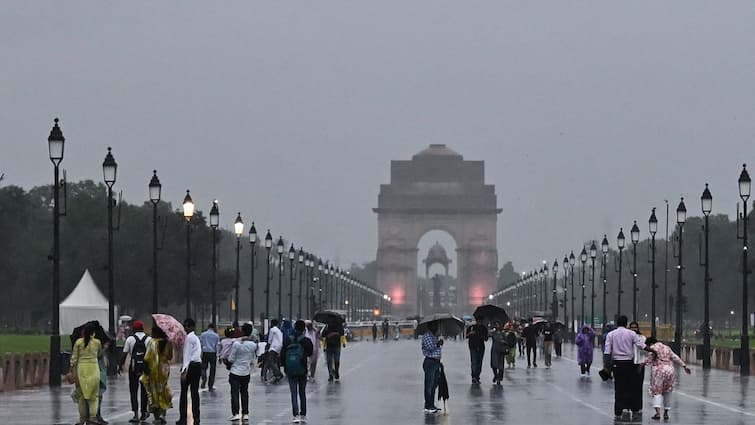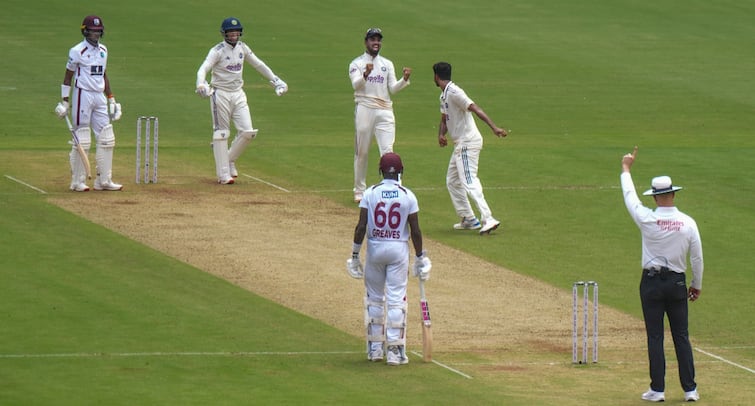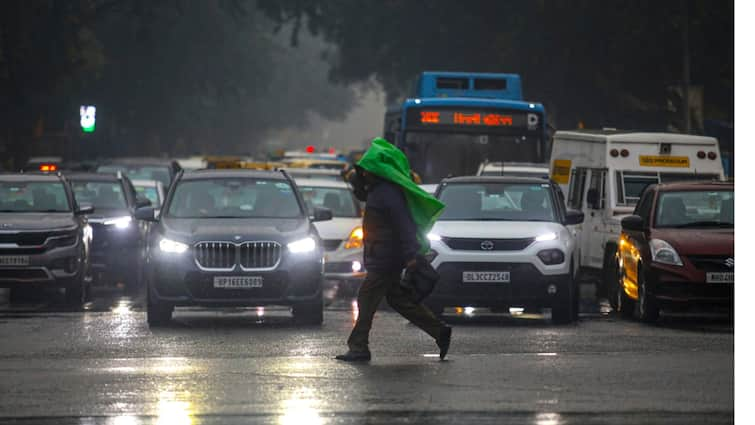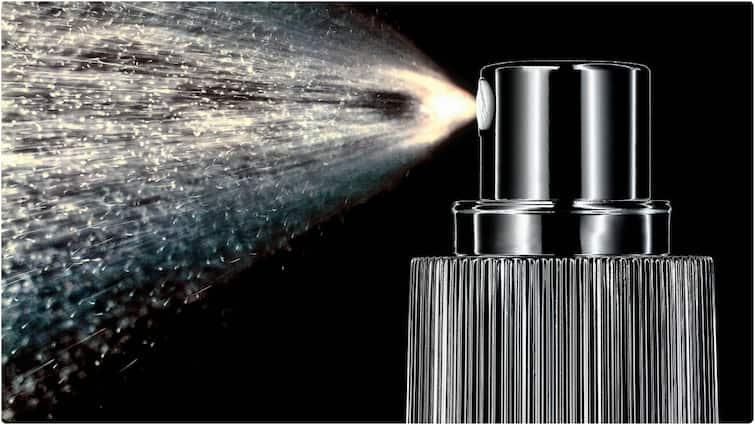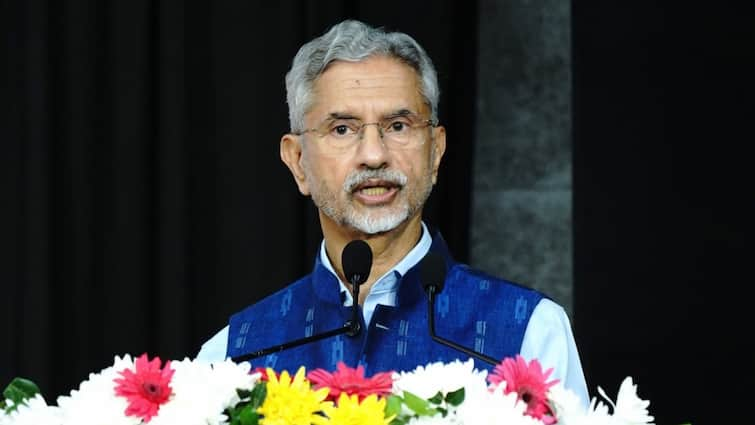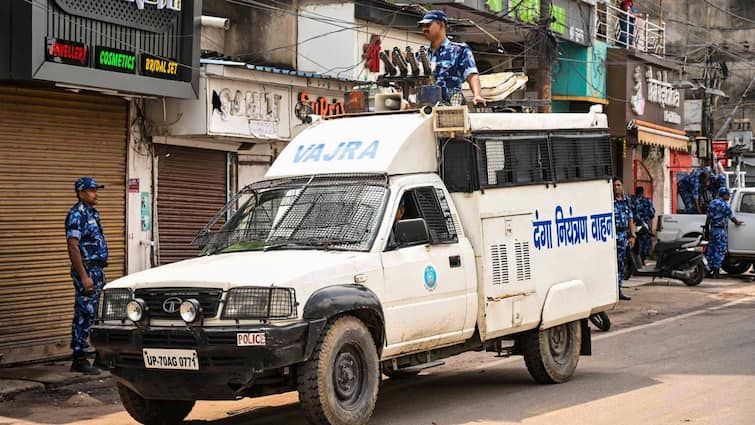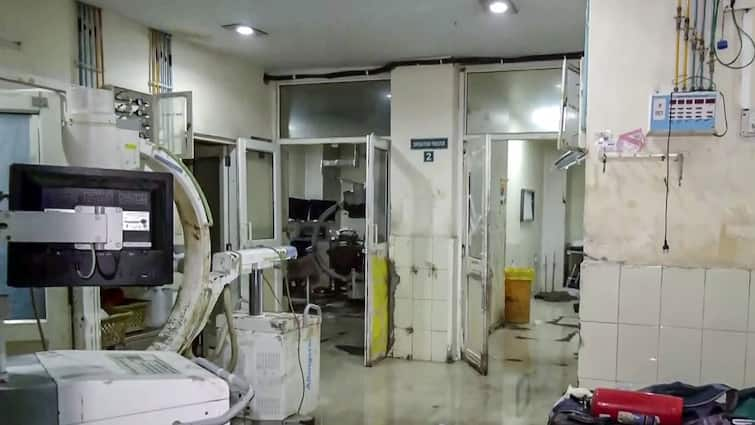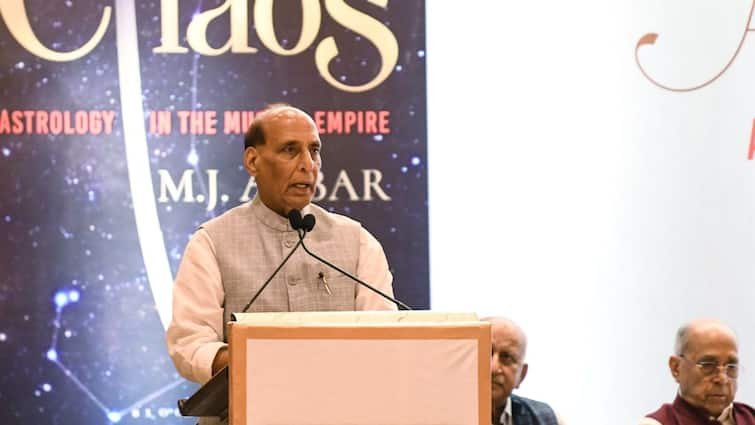
The Commission for Air Quality Management (CAQM) has imposed Stage-I of the Graded Response Action Plan (GRAP) across Delhi-NCR with immediate effect, after air quality deteriorated into the “Poor” category on Friday, May 16. The Air Quality Index (AQI) was recorded at 278, driven largely by dust, prompting urgent measures to curb pollution, according to an official release.
The India Meteorological Department (IMD) noted on Thursday that dust storms originating from North Pakistan have travelled towards Delhi-NCR via Punjab and Haryana, contributing significantly to the spike in pollution levels. The GRAP Sub-Committee convened on May 15 and 16 to review the situation and recommend actions.
The AQI scale categorises air quality from zero to 50 as “Good”, 51 to 100 “Satisfactory”, 101 to 200 “Moderate”, 201 to 300 “Poor”, 301 to 400 “Very Poor”, and 401 to 500 “Severe”. Delhi’s current AQI of 278 falls firmly within the “Poor” bracket, signalling cause for concern.
Dust Storm And Rains In Delhi
A day after a dust storm struck the capital, the city experienced rainfall accompanied by strong winds and a cloudy sky on Friday. Several areas reported rain with light thunderstorms, lightning, and gusty winds ranging from 30 to 60 kilometres per hour. These included Narela, Bawana, Burari, Rohini, Karawal Nagar, Delhi University, Mundka, Punjabi Bagh, Kashmiri Gate, Buddha Jayanti Park, ITO, Jafarpur, Najafgarh, Delhi Cantonment, Safdarjung, Lodi Road, and other parts of the National Capital Region (NCR).
The IMD’s primary weather station at Safdarjung recorded 1.4 mm of rainfall between 2:30 pm and 5:30 pm. Other stations reported 7.2 mm at Aya Nagar, 3 mm at Ridge, 2.5 mm at Pusa, and 2 mm at Pitampura. The IMD also stated that convection moving southeastward over Rohtak is expected to continue toward southeast Delhi, likely causing further rainfall accompanied by winds reaching 40–50 kmph, with gusts up to 60 kmph.
Temperatures remained high, with the maximum reaching 42.3 degrees Celsius in Delhi, 1.9 degrees above the normal average. Aya Nagar recorded a peak of 44 degrees Celsius, Palam 43.3 degrees, and Ridge 43.2 degrees Celsius. The minimum temperature stood at 26.2 degrees Celsius, slightly below the normal by 0.2 degrees.
Looking ahead, the IMD forecasted thunderstorms with rain for Saturday, with temperatures expected to stabilise around a maximum of 42 degrees Celsius and a minimum of 28 degrees Celsius.
Meanwhile, the Central Pollution Control Board (CPCB) reiterated the poor air quality status, with Delhi’s 24-hour average AQI remaining at 278, underscoring the ongoing environmental challenges faced by the capital and its surrounding regions.
Doonited Affiliated: Syndicate News Hunt
This report has been published as part of an auto-generated syndicated wire feed. Except for the headline, the content has not been modified or edited by Doonited






















